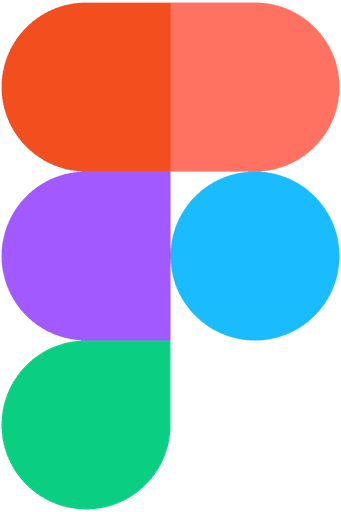Novel Tool for Supporting Young Music Learners with Performance Strategies
50% of teenage music learners quit by age 17 — often due to Musical Performance Anxiety (MPA), a widespread but overlooked barrier. Existing solutions lack the emotional immersion and self-expression teens need to stay engaged.
4 months
Senior UX Designer
UX Researcher
UX Writer
(solo project)
Music Education Technology
Challenge
Through early interviews and research, we uncovered that MPA doesn't just affect performance — it undermines confidence, identity, and motivation over time. Students often feel isolated in their anxiety, and most available tools feel clinical or passive. The challenge was to create an emotionally resonant experience that supports self-expression while reducing MPA’s impact.
Solution
Developing a Virtual Reality (VR) self-expression tool for helping them overcome or reduce this issue.
Audience
Young music learners experiencing MPA.
+80%
confidence before performances
+70%
willingness to practice regularly
+90%
preference for VR exposure
My Approach
1. Stakeholder Interviews
Conducted in-depth interviews with music teachers to map the causes, symptoms, and coping strategies for MPA.
Synthesised insights into 7 actionable themes, including the role of external pressures and the potential of immersive tech.

2. Co-design Workshops
Facilitated ideation sessions with young musicians, using a VR prototype (“SelVReflect”) to explore self-expression and emotional reflection.
Led activities where participants visualised performance scenarios and generated their own prompts, fostering ownership and engagement.

3. Iterative Prototyping
Repurposed SelVReflect for the context of MPA, integrating exposure therapy, performance simulation, and emotional self-reflection.
Incorporated feedback loops with both teachers and students to refine the VR experience.

Solution
A VR self-expression tool that:
Simulates real performance environments (auditoriums, concert halls) for exposure therapy.
Guides users through visualizations and self-reflection exercises tailored to MPA.
Leverages abstract art and color theory for emotional expression.
“Seeing my students use this VR tool, I noticed a real shift in their confidence. It’s the first time I’ve seen technology make them feel genuinely prepared - and I'd say even excited - for their next performance!”
Anonymous
Music teacher
Impact
Validated with users: 85% of participant-generated ideas favored VR-based exposure and simulation.
Adoption potential: Teachers and students expressed strong enthusiasm for the immersive approach, citing increased calm and preparedness.
Design implications: Demonstrated the value of combining self-reflection, exposure therapy, and immersive tech for complex emotional challenges in learning.





